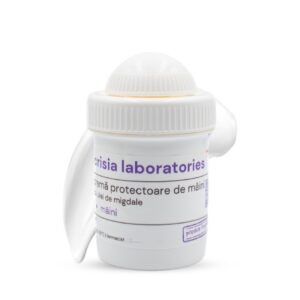FEATURES:
The test uses a qualitative lateral flow assay to detect the Strep A carbohydrate antigen in throat exudate. An antibody specific for this antigen coats the test line region of the test. During testing, the exudate specimen reacts with this antibody, migrating up the membrane to interact with the Strep A antibody on the membrane, thereby generating a colored line in the test line region. The appearance of this colored line indicates a positive result, while its absence indicates a negative result. There is always a colored line in the control line region to confirm correct specimen addition and membrane imbibition.
Test performances:
- Relative sensitivity: 95.1% (95% confidence interval: 89.6%-98.2%)
- Relative specificity: 97.8% (95% confidence interval: 95.8%-99%)
- Accuracy: 97.1% (95% confidence interval: 95.3%-98.4%)
DETAILS
Infections with Streptococcus pyogenes, which occur in the Lancefield group A antigens, can cause various conditions, such as pharyngitis, respiratory infections, impetigo, endocarditis, meningitis, puerperal infection and arthritis. The proposed rapid test offers a fast alternative to traditional identification procedures, providing results within 5 minutes. Untreated infections can lead to severe complications, such as rheumatic fever or peritonsillar abscess.
Group A streptococcal infection (Streptococcus pyogenes) is caused by the bacterium Streptococcus pyogenes and can affect various parts of the body. This bacterium is responsible for a wide range of conditions, including throat, skin, and soft tissue infections.
Strep A infection is usually treated with antibiotics, such as penicillin or amoxicillin. Prompt treatment is important to prevent complications and reduce the spread of the infection. It is important to see a doctor if you experience symptoms specific to strep A infection, and treatment should be administered under medical supervision.






